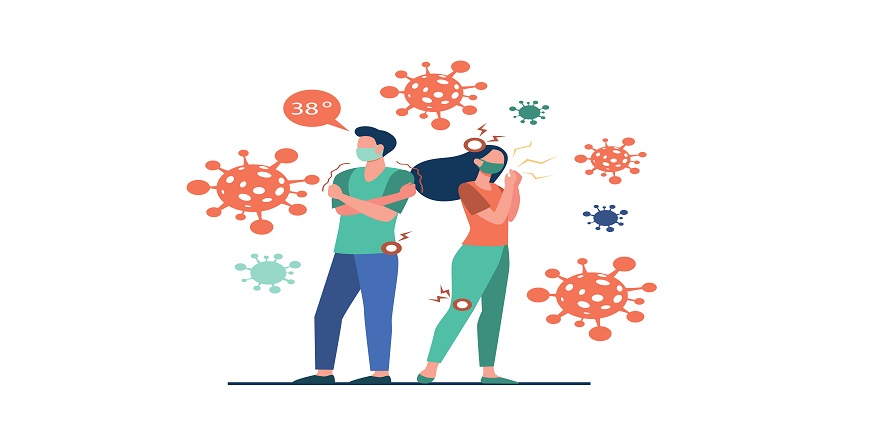

Max Lab > Lab Test in Ghaziabad > Lab Test in Rdc > Inorganic Phosphorus, Serum Test
₹ 180
10% OFF for Senior Citizens | USE CODE SS10 *
|
|
Inorganic Phosphorus, Serum Test |
|
|
Blood |
|
|
|
|
₹ 180 |
@3x.png) Description
Description
The inorganic phosphorus serum test in Rdc, Ghaziabad measures the amount of phosphorus or phosphate in the blood. This test in Rdc, Ghaziabad is often performed in conjunction with other test in Rdc, Ghaziabads. This test in Rdc, Ghaziabad is used as a diagnostic tool for individuals with health conditions such as chronic kidney diseases, parathyroid, diabetes, bone disorders, and suspected calcium or acid-base imbalance.
The inorganic phosphorus (Pi) blood serum test in Rdc, Ghaziabad, also known as the PO4 test in Rdc, Ghaziabad or phosphorus/phosphate test in Rdc, Ghaziabad, is an essential marker that helps measure phosphate levels in the blood.
Phosphorus is a mineral that gives structure to our body. It transports energy, supports tissues and cell growth, and creates metabolic pathways. Phosphorus is vital for cellular function and skeletal mineralisation. It also helps balance other vitamins and minerals in the body.
The phosphorus we get in our body comes from our food. It is present in dairy, meat, grains, and a protein-rich diet. While naturally occurring phosphorus or organic phosphorus is found in animal and plant-based foods, inorganic phosphorus is absorbed through preservatives and a processed diet.
Most of the body's phosphorus binds with calcium in bones as hydroxyapatite. Smaller quantities are found in muscle and nerve tissues, and an even smaller amount circulates in the blood as inorganic phosphate (also termed inorganic phosphorus). These minerals are absorbed in the intestine and excreted through the kidneys. Fluctuations in phosphate levels depend on factors like antacids, calcium, Vitamin D, and parathyroid hormone levels in the body.
A serum phosphate/ phosphorus test in Rdc, Ghaziabad is done to measure the concentration of phosphate/phosphorus in the bloodstream. It helps diagnose conditions, such as kidney disease, bone disorders, or certain metabolic imbalances.
....Read More@3x.png) Description
Description
The inorganic phosphorus serum test in Rdc, Ghaziabad measures the amount of phosphorus or phosphate in the blood. This test in Rdc, Ghaziabad is often performed in conjunction with other test in Rdc, Ghaziabads. This test in Rdc, Ghaziabad is used as a diagnostic tool for individuals with health conditions such as chronic kidney diseases, parathyroid, diabetes, bone disorders, and suspected calcium or acid-base imbalance.
The inorganic phosphorus (Pi) blood serum test in Rdc, Ghaziabad, also known as the PO4 test in Rdc, Ghaziabad or phosphorus/phosphate test in Rdc, Ghaziabad, is an essential marker that helps measure phosphate levels in the blood.
Phosphorus is a mineral that gives structure to our body. It transports energy, supports tissues and cell growth, and creates metabolic pathways. Phosphorus is vital for cellular function and skeletal mineralisation. It also helps balance other vitamins and minerals in the body.
The phosphorus we get in our body comes from our food. It is present in dairy, meat, grains, and a protein-rich diet. While naturally occurring phosphorus or organic phosphorus is found in animal and plant-based foods, inorganic phosphorus is absorbed through preservatives and a processed diet.
Most of the body's phosphorus binds with calcium in bones as hydroxyapatite. Smaller quantities are found in muscle and nerve tissues, and an even smaller amount circulates in the blood as inorganic phosphate (also termed inorganic phosphorus). These minerals are absorbed in the intestine and excreted through the kidneys. Fluctuations in phosphate levels depend on factors like antacids, calcium, Vitamin D, and parathyroid hormone levels in the body.
A serum phosphate/ phosphorus test in Rdc, Ghaziabad is done to measure the concentration of phosphate/phosphorus in the bloodstream. It helps diagnose conditions, such as kidney disease, bone disorders, or certain metabolic imbalances.
....Read More
Human Immunodeficiency Virus, or HIV, is a virus that was first detected in h...Read More

HIV stands for human immunodeficiency virus. It is a type of sexually transmi...Read More

Also known as sexually transmitted infections (STIs), sexually transmitted di...Read More

Sexually transmitted diseases (STDs) are infections that are passed from one ...Read More

World AIDS Day is a vital opportunity for individuals and communities to come...Read More